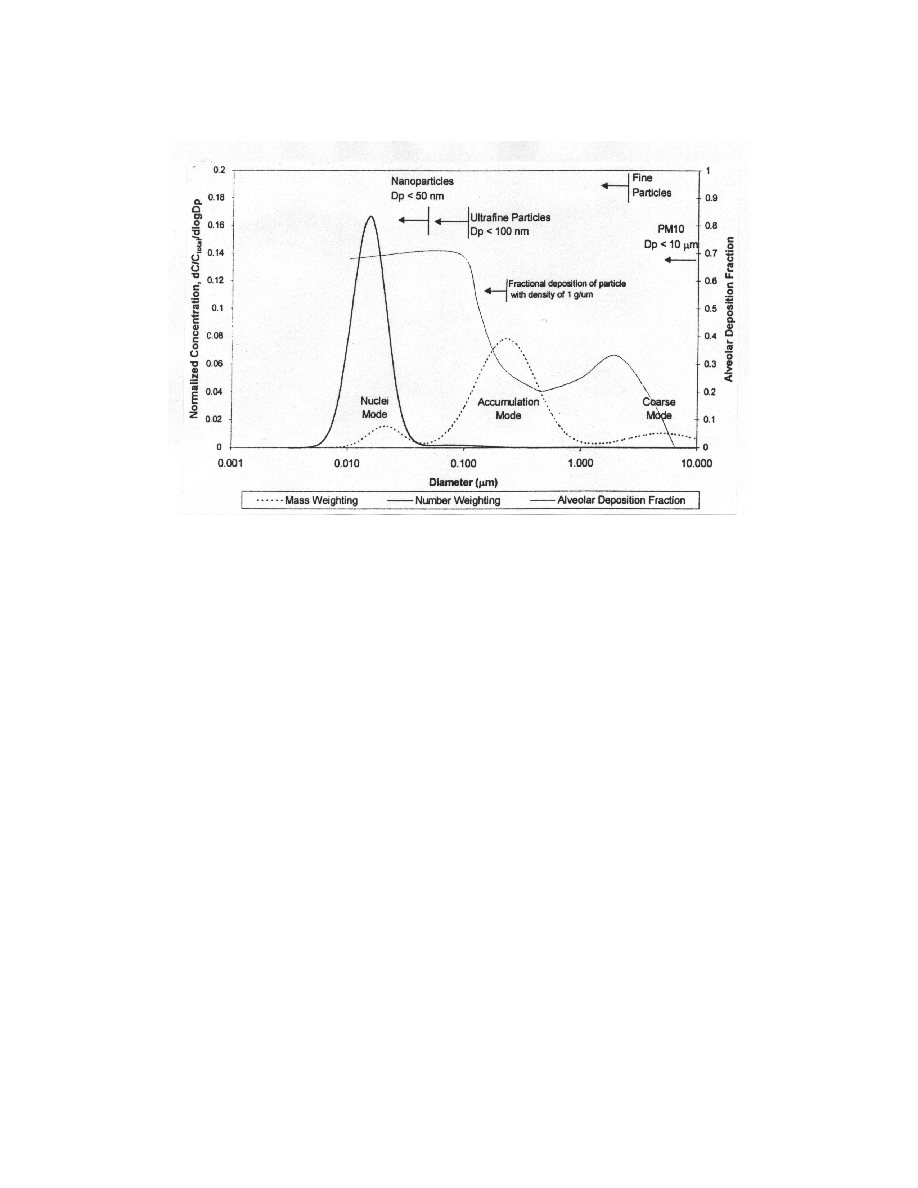

30
Figure 9. Typical Diesel Particle Size Distribution
Because of the ambiguity of current medical research, diesel engine and automobile
manufacturers are in the difficult position of not knowing how to optimize systems for reducing
particulate emissions. It will be important for them to monitor the results of future medical
research in this area. As these data are accumulated, analyzed, and validated, the conclusions
derived will influence the research agenda of the current dynamic program.
manufacturers are in the difficult position of not knowing how to optimize systems for reducing
particulate emissions. It will be important for them to monitor the results of future medical
research in this area. As these data are accumulated, analyzed, and validated, the conclusions
derived will influence the research agenda of the current dynamic program.
Lubricant and additive suppliers also must follow the medical research because lube oil
constituents are likely to become a significant fraction of particulate matter in the future. In low-
soot-emission engines, metallic ash from oil may constitute more than 50% of the number of
particles and 10% of the mass.
constituents are likely to become a significant fraction of particulate matter in the future. In low-
soot-emission engines, metallic ash from oil may constitute more than 50% of the number of
particles and 10% of the mass.
6
Concern about small particles is not restricted to diesel engines. Spark-ignition engines typically
emit smaller particles than do diesel engines and thus are an important source of fine particles
and nanoparticles. A recent study in Colorado showed that up to 2/3 of the fine-particle mass
emitted by vehicles was from spark-ignition engines. New gasoline direct-injection engines emit
much higher particle concentrations than do conventional engines and may approach diesel
levels under some conditions.
emit smaller particles than do diesel engines and thus are an important source of fine particles
and nanoparticles. A recent study in Colorado showed that up to 2/3 of the fine-particle mass
emitted by vehicles was from spark-ignition engines. New gasoline direct-injection engines emit
much higher particle concentrations than do conventional engines and may approach diesel
levels under some conditions.
6